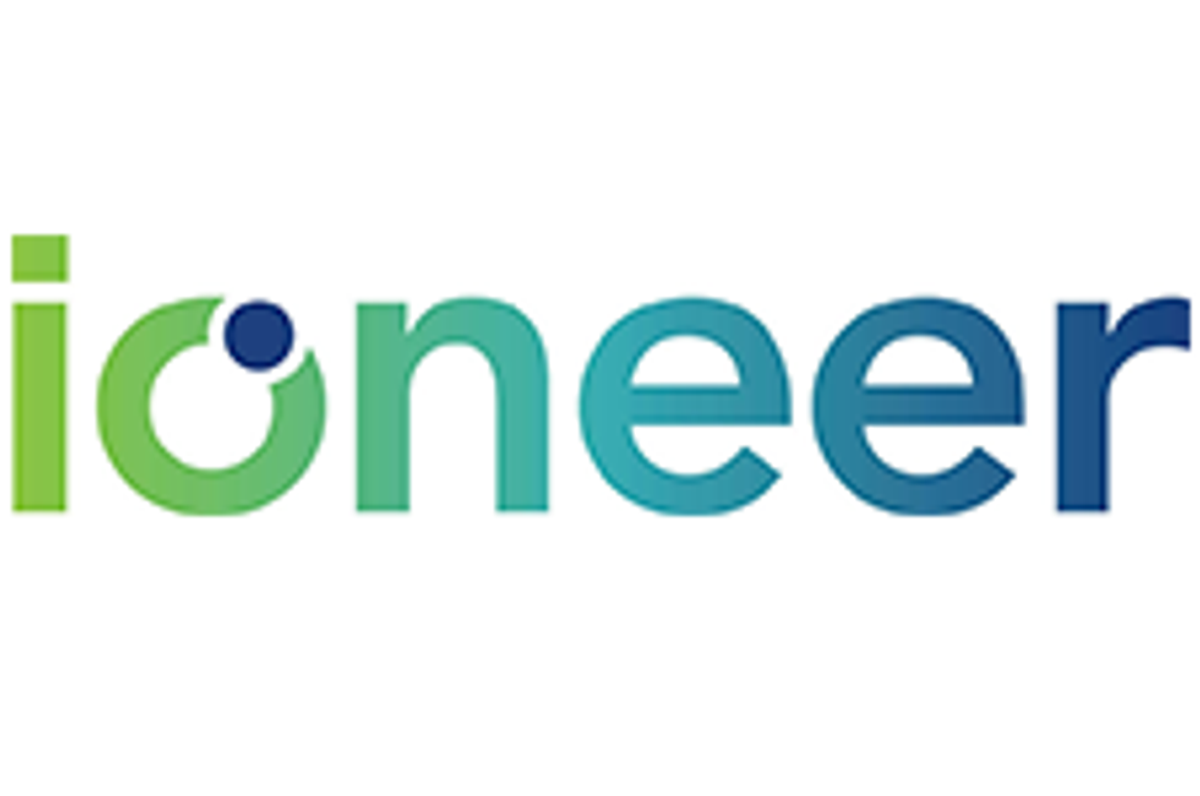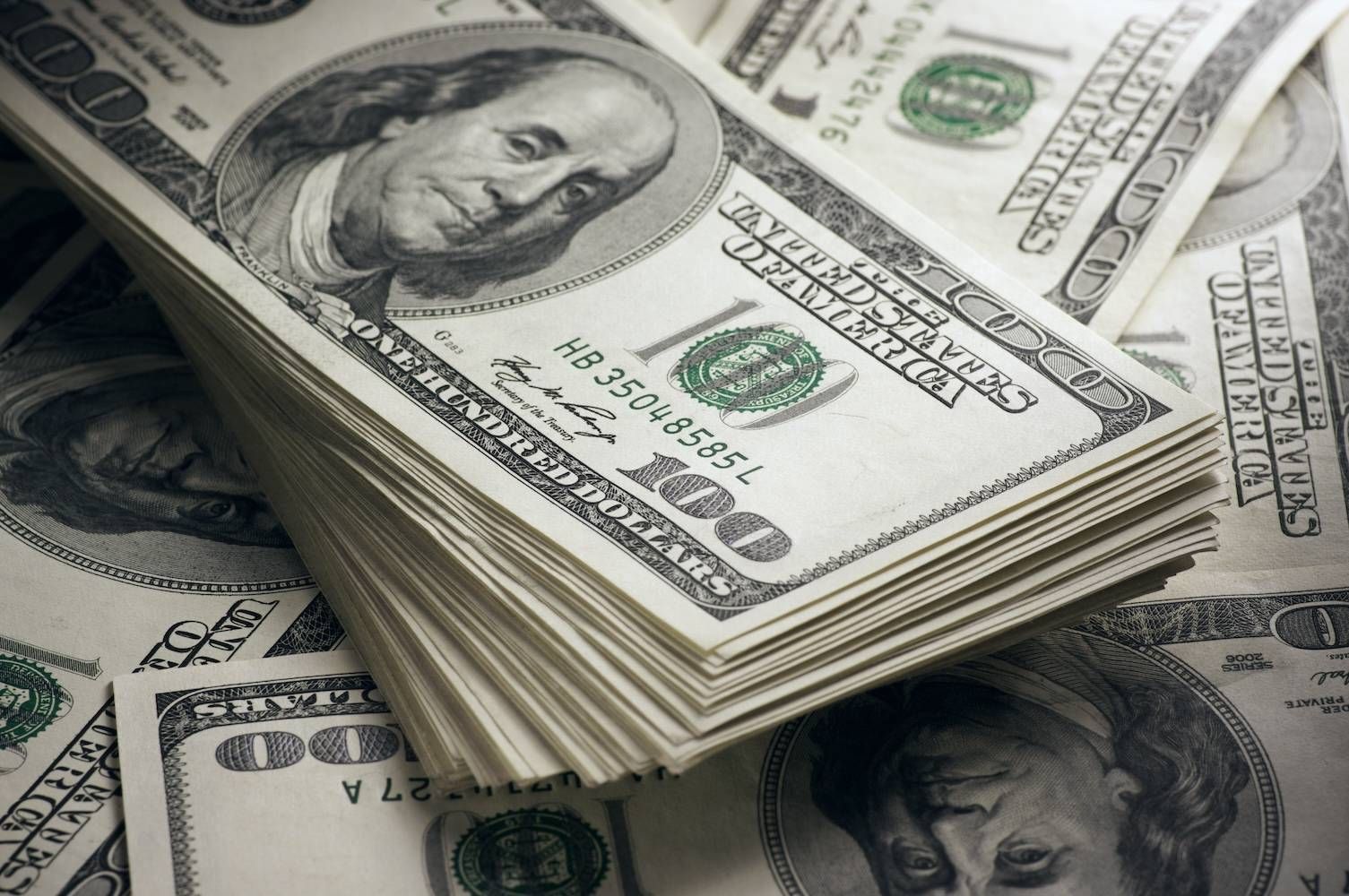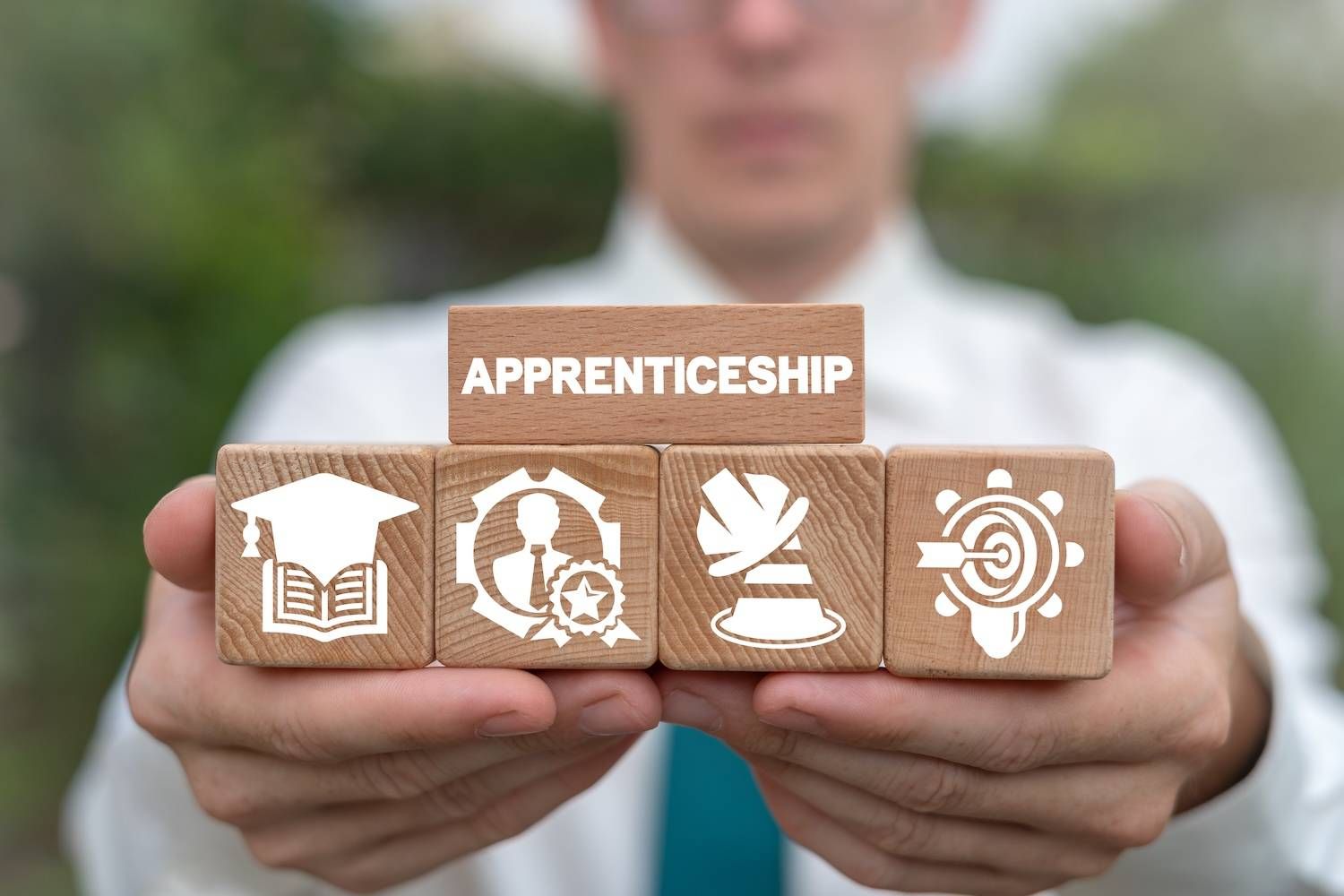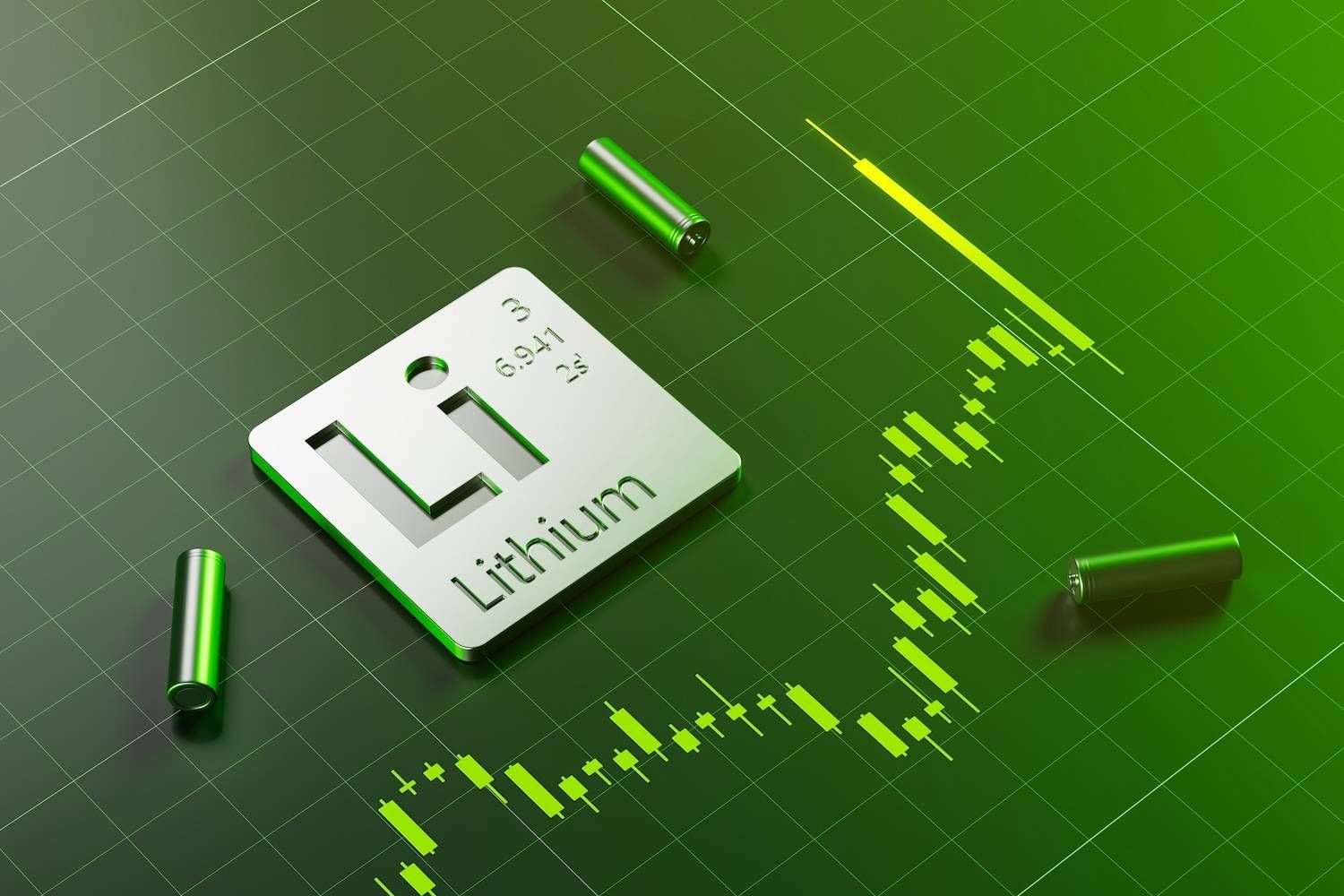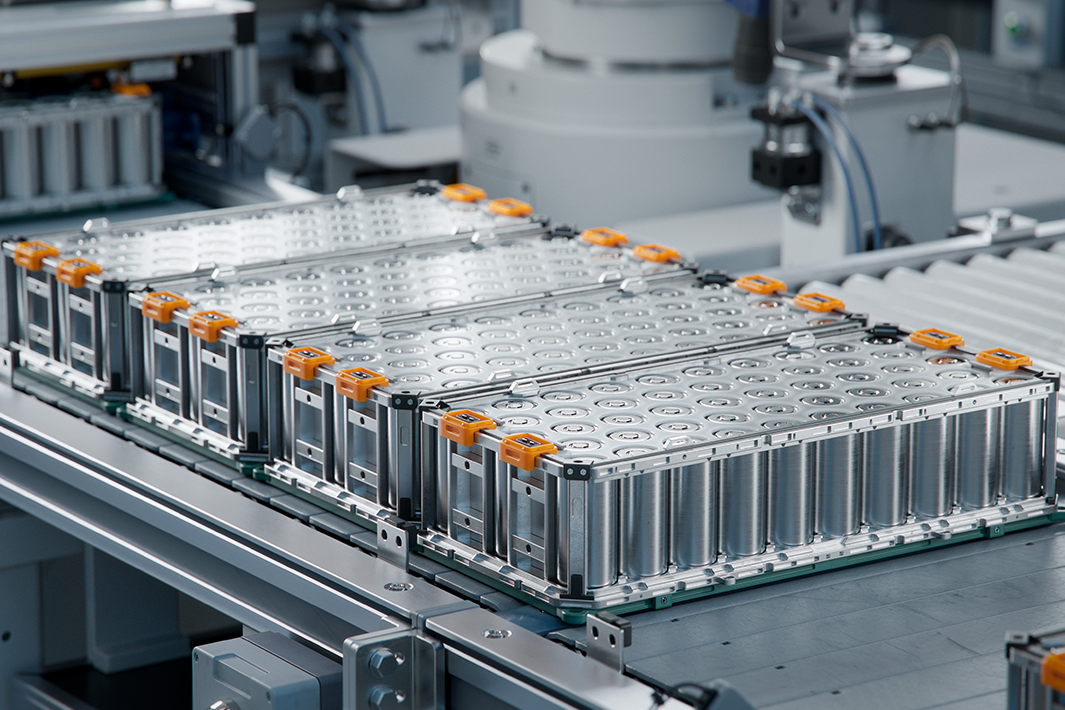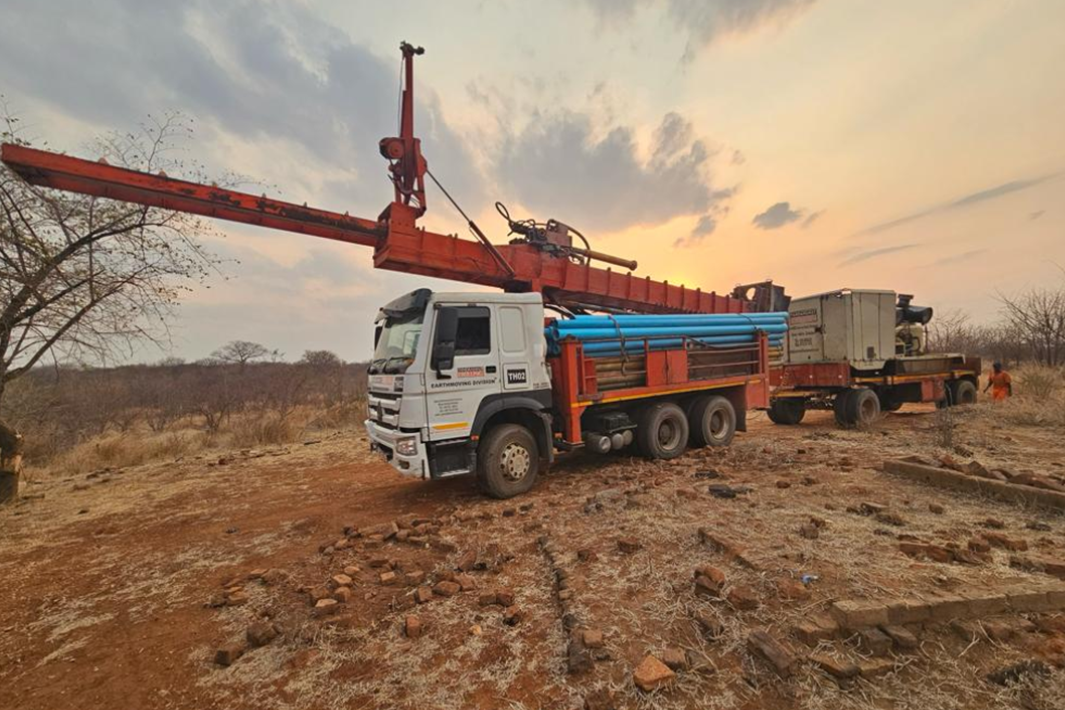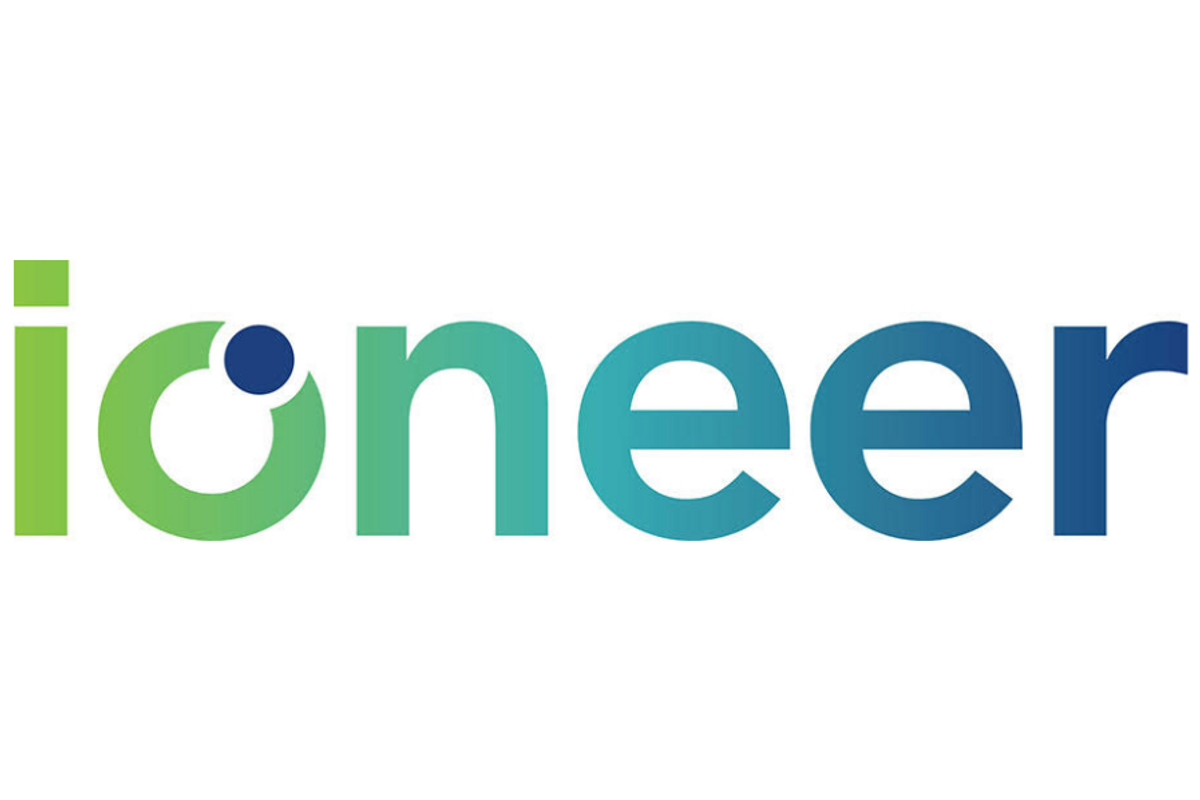
September 20, 2023
Ioneer Ltd (“Ioneer” or “the Company”) (ASX: INR, Nasdaq: IONR), an emerging lithium-boron producer, announced test results revealing 79% of the 360 million tonne Mineral Resource can be processed in a similar manner to Type 1 mineralisation, to create critical electric vehicle battery materials within the Rhyolite Ridge Project’s existing footprint.
- Ioneer positioned to quadruple US lithium production by 2026 and to substantially increase supply over time – with sufficient lithium to power over 50 million electric vehicles (3.4Mt LCE).
- Findings from latest leach tests conducted on low-boron (Type 3) mineralisation demonstrated organic growth potential based on this material – currently excluded from Project economics but located within the mine footprint.
- The results for Type 3 mineralisation far exceeded expectations with leach recoveries of 89% to 94% coupled with free draining characteristics.
- Results confirmed Type 3 and North Basin mineralisation as candidates for heap or vat leaching methods, similar to those to be employed for processing Type 1 mineralisation.
- Only Type 1 mineralisation included in the current development plan and economic analysis contained within Company’s 2020 Definitive Feasibility Study (DFS).
Previous estimates1 indicated Rhyolite Ridge contains enough lithium to power more than 50 million electric vehicles over the course of its lifetime; today’s results support those figures.
The potential to increase the lithium and boron produced and refined at Rhyolite Ridge comes at a time when the demand for a U.S. domestic supply of lithium continues to grow. According to a recent S&P Global study2, the passage of the Inflation Reduction Act (IRA), caused a 15% increase to their 2035 demand forecast versus their estimate prior to the passage of the IRA.
“Rhyolite Ridge is one of a limited number of lithium projects in the U.S. expected to begin production this decade,” said Bernard Rowe, Managing Director at Ioneer. “These results further reinforce Rhyolite Ridge’s unique minerology and our ability to deliver these urgently needed battery materials within the existing footprint of our proposed mine site. We look forward to completing the important federal permitting process, delivering these critical and valuable materials, and strengthening domestic EV supply chains.”
Once operational, Rhyolite Ridge will quadruple the current U.S. supply of lithium and help to rebalance the global production of boric acid. Upon anticipated completion of the U.S. federal permitting process, Stage 1 construction at Rhyolite Ridge, largely funded through the combination of conditional commitments of $490 million USD in equity from Sibanye-Stillwater and $700 million USD in debt from the U.S. Department of Energy’s Loan Programs Office, is set to begin in 2024. Lithium production is expected to follow in 2026.
With a total of more than 400 individual leach tests across the entire 360Mt Mineral Resource, the latest results showed the low-boron, low-clay mineralisation (Type 3) shares similar characteristics to the high-boron Type 1 mineralisation, with leach recoveries between 89%-94%. The findings build upon the April 2023 Mineral Resource Estimate (MRE) and together, provide an update to Ioneer’s 2020 Definitive Feasibility Study (DFS)3, which focused exclusively on the high-boron, low-clay mineralisation (Type 1).
The metallurgical testing on the low-boron, low-clay material (Type 3) was undertaken to determine the most efficient and economic processing pathway for this material. Lithium extraction measured between 89-94% using sulfuric acid under heap and vat leaching conditions applied to coarsely crushed material (P80, <19mm). These extractions, coupled with the free draining nature of the material suggest that Type 3 mineralisation is a candidate for heap or vat leaching methods industrially, similar to those employed for the high-boron Type 1 mineralisation.
In these latest results, Ioneer has completed a metallurgical test work program comprising 120 separate leach tests exclusively targeting the low-boron Type 2 and Type 3 mineralisation. In addition, preliminary leach tests have been conducted on lithium mineralisation from the North Basin.
Click here for the full ASX Release
This article includes content from Ioneer Ltd, licensed for the purpose of publishing on Investing News Australia. This article does not constitute financial product advice. It is your responsibility to perform proper due diligence before acting upon any information provided here. Please refer to our full disclaimer here.
INR:AU
The Conversation (0)
16 August 2023
Ioneer Ltd.
Developing a Rare North American Lithium-Boron Deposit Crucial to Clean Technology
Developing a Rare North American Lithium-Boron Deposit Crucial to Clean Technology Keep Reading...
24 December
Altius Minerals to Expand Portfolio with C$520 Million Lithium Royalty Deal
Altius Minerals (TSX:ALS,OTCQX:ATUSF) is making a bet on a lithium market recovery, agreeing to acquire Lithium Royalty (TSX:LIRC) in a C$520 million deal that will expand its exposure to battery metals.Under a definitive agreement announced by the two companies on Monday (December 22), Altius... Keep Reading...
23 December
Liontown's First Tjiwarl Member Completes Apprenticeship at Kathleen Valley
Liontown (ASX:LTR,OTC Pink:LINRF) has reached a milestone at its Kathleen Valley operations, with Vaughan Harris becoming the first Tjiwarl community member to complete an apprenticeship with the company.“Being the first Tjiwarl apprentice to complete an apprenticeship here at Liontown feels... Keep Reading...
22 December
Lithium Market 2025 Year-End Review
The global lithium market endured a bruising 2025, with persistent oversupply and softer-than-expected electric vehicle (EV) demand driving prices for the battery metal to multi-year lows.Lithium carbonate prices in North Asia slipped below US$9,550 per metric ton in February — their weakest... Keep Reading...
11 December
Mining the Gap: 5 Forces Shaping North America’s Lithium Supply Chain
A convergence of industry investments, government initiatives and a shifting global trade dynamic is creating an environment ripe for the development of a North American battery supply chain, with lithium playing a leading role. These trends are reshaping the region’s industrial base and opening... Keep Reading...
10 December
Rock Bottom: Strategic Window for Ground-level Lithium Investment
When lithium prices hit bottom, savvy investors know that’s exactly where the next big discovery begins — literally. Beneath the surface of global markets and remote exploration grounds, new opportunities are forming in the wake of a sharp price reset and renewed geopolitical urgency.Recent... Keep Reading...
10 December
Liontown Resources Pens Lithium Offtake Agreement with China's Canmax
Liontown Resources (ASX:LTR,OTC Pink:LINRF) has executed a binding offtake agreement with Chinese conglomerate Canmax Technologies (SZSE:300390) as part of its strategy to diversify its customer base.“Listed on the Shenzhen Stock Exchange, Canmax is one of the world’s leading manufacturers of... Keep Reading...
Latest News
Interactive Chart
Latest Press Releases
Related News
TOP STOCKS
American Battery4.030.24
Aion Therapeutic0.10-0.01
Cybin Corp2.140.00
